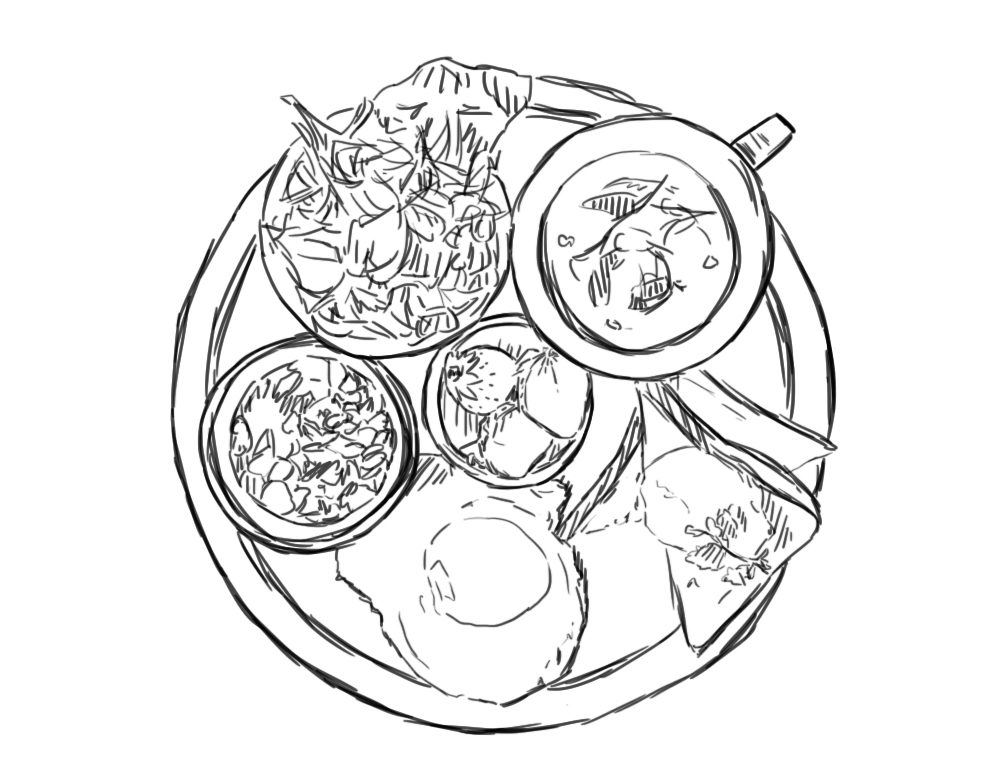
Why I Chose To Go Local
Eating local has been a popular topic in the food and nutrition world the past few years, but how hard is it to do and is it worth it?
When we struggle with our diet, we are more often than not struggling with deeper issues associated with digestion and hormone imbalance, which pull us into a vicious cycle of nutrient-deficiency, hunger signals, emotional cravings, and thus overeating. While we may understand that we should be incorporating a balanced diet into our lifestyle, the steps to get there can seem daunting and impossible when our bodies are signaling intense sugar or fat cravings.
Locally grown food is one way we can get in touch with our ancestral way of eating seasonally, and restore our natural balance in our bodies.
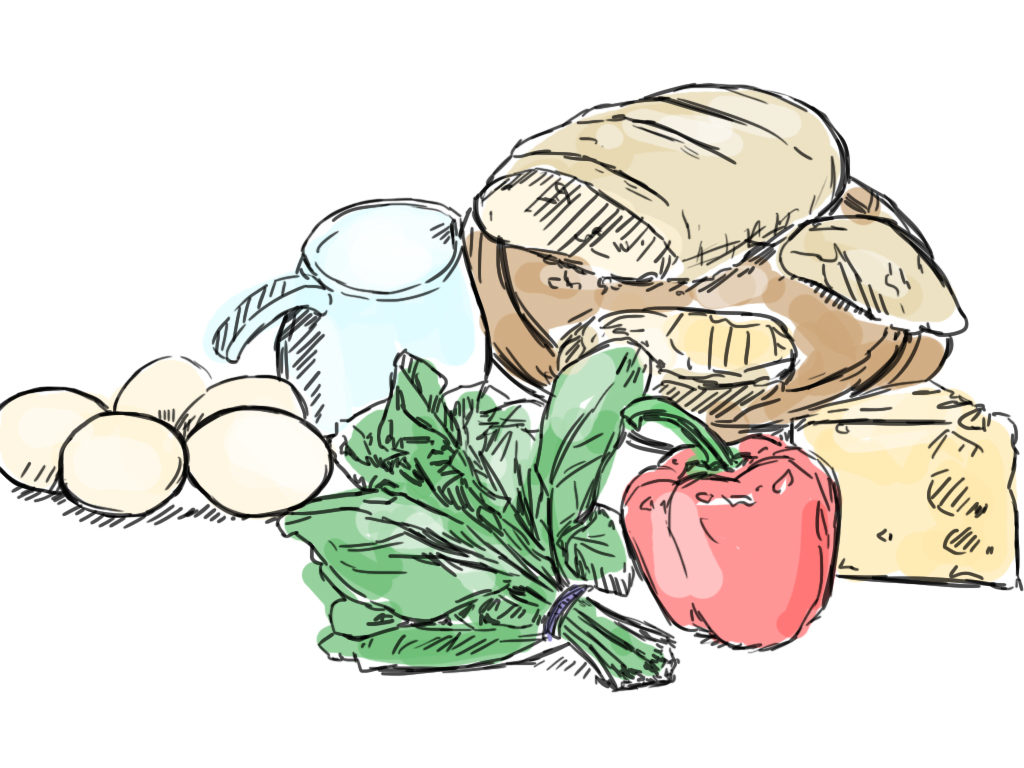
While I’m not necessarily advocating a paleo-type diet, the industrialization of food has caused our bodies to fall out of rhythm with the natural way we should be eating— artificially fattened meats and poultry, vegetables covered in wax and pesticides, and synthesized fats that are literally made in a lab.
Unlike commercially-grown produce, local produce is picked when it’s ripe and peak in nutrient density and flavor, and much more transparent as to how it was grown, where it was grown, and the processes it went through to get to your table. In addition, local produce goes through less handling and has a lower risk of contamination from harmful bacteria (I think we’ve all read enough about E. coli outbreaks and produce recalls by now).

Instead of depending on commercially grown meats and produce, I’ve decided to change and add locally grown foods into my meals where possible, so my meals can fully support and optimize my health.
Barriers to Going Local
Some reservations I had about going local included, but were not limited to, the following:
- Price: Isn’t locally grown food more expensive? How will this impact my grocery budget?
- Time: Where do I buy local ingredients? Does this mean having to go to the grocery and a farmer’s market every week to get my necessary groceries?
- Choice: Can I get the foods I want? In the quantity I need?
Answer: It can be cheap, it will save you time, and although going local means you won’t have everything you want, the wide selection available surprised me.
Finding Places to Get Local Produce
As much as I would love to spend all of my weekends browsing farmers markets or local farms for my food, realistically this practice would be unsustainable for me. A life-saving program that has supported my nutrition goals has been joining a local food co-op program.
What is a food co-op program?
A food co-op program, or food cooperative, is an independent food distribution program– the leaders of the cooperative decide from where they receive their food, and distribute it among the members of the group. Sometimes called a CSA program, or community-supported agriculture program, the system directly connects producers with consumers within the local area through a subscription-type membership so buyers can get their produce and products delivered right to their door!
You can search for a program near you here: https://www.localharvest.org/
How It Works
My local co-op is an amazing program, and one of my favorite things about living in Connecticut– healthier than buying at the grocery store, I find that eating local produce has not only lessened my environmental footprint and helped local businesses, but it is also way cheaper than I expected.
The program is organized so I can pick up “a share” of local produce, meats, dairy products, and organic bakery bread in bulk every week. For about 4 months of weekly pickups, I spent about $120 total, or $30/month for a lot of food. You can choose to have multiple shares or less, or choose not to buy certain co ops like meat, if you’re vegetarian.
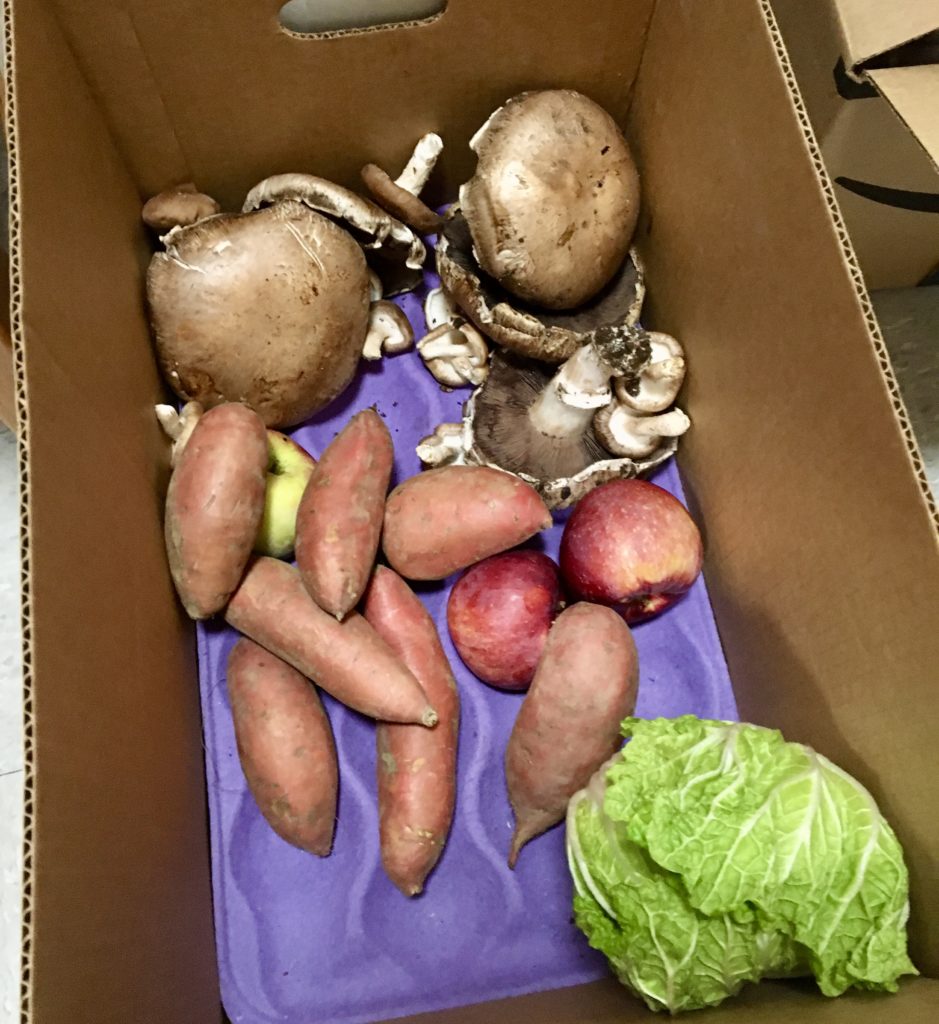
Because I pick up produce, meats, dairy, bread, etc. every week at one time, I find that I have cut down on my grocery shopping time by a lot as well. Eating local means I won’t have all the foods I want when I want them, but I don’t need to make nearly as many grocery store runs and I don’t pick up unnecessary snacks or processed foods because of it. An unprecedented benefit, just being less exposed to processed and packaged food has made me less inclined to consume it.
A Quick, 10-Minute Meal With My Food Haul
One of my go-to quick meals, this week I decided to make a well-rounded platter of the three main macros (carbs, fats, and protein) using my local food haul.
For carbs, I had two slices of garlic asiago bread from our local bakery called Sweet Sage Bakery. The owner uses her own natural self-starter, eliminating the need for commercial yeast, and allows her breads to go through a slow two-day fermentation process. She uses organic-certified ingredients, and her sourdough bread is absolutely delicious.
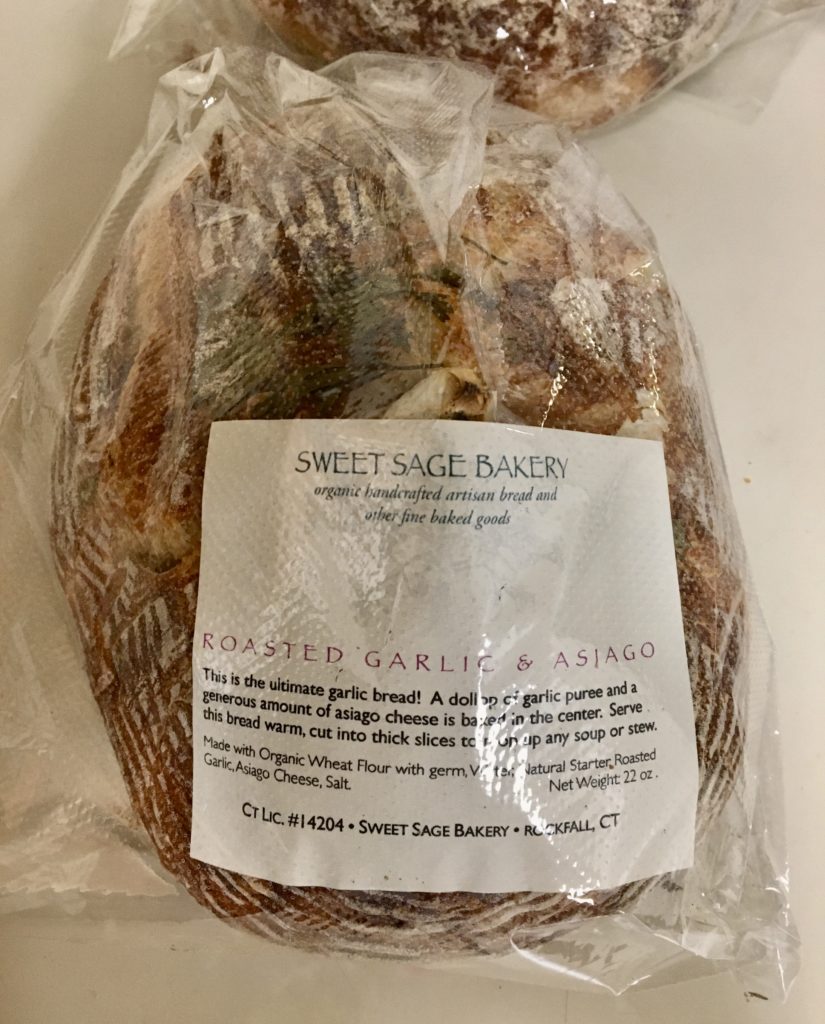
For fats, I used a generous pat of garlic butter from the local dairy farm. Butter is a great source of fat because is a saturated fat, the most stable class. Fats in our food help us absorb fat-soluble vitamins such as vitamin A, which is key in the role of adrenal hormone production, managing our stress and anxiety levels. Other important fat-soluble vitamins include vitamin D, E, and K.
The quality of fats we choose is especially important for multiple reasons:
- Toxins can bioaccumulate in fat tissue, and so whatever toxins are in our food, goes directly into our bodies.
- High-quality fats don’t go rancid easily, and can properly be digested. Undigested fats harm the villi and microvilli in the small intestine, causing the lining of the small intestine to become “leaky” or less selective about what nutrients can pass through the lining. When fats of inappropriate sizes make it through to the gut, it overwhelms our immune system, and triggers inflammatory responses. Undigested fats can cause dysbiosis (or microbial imbalance) and disrupt healthy flora in the colon, putting us at risk of chronic digestive diseases such as Crohn’s disease or irritable bowel syndrome (IBS).
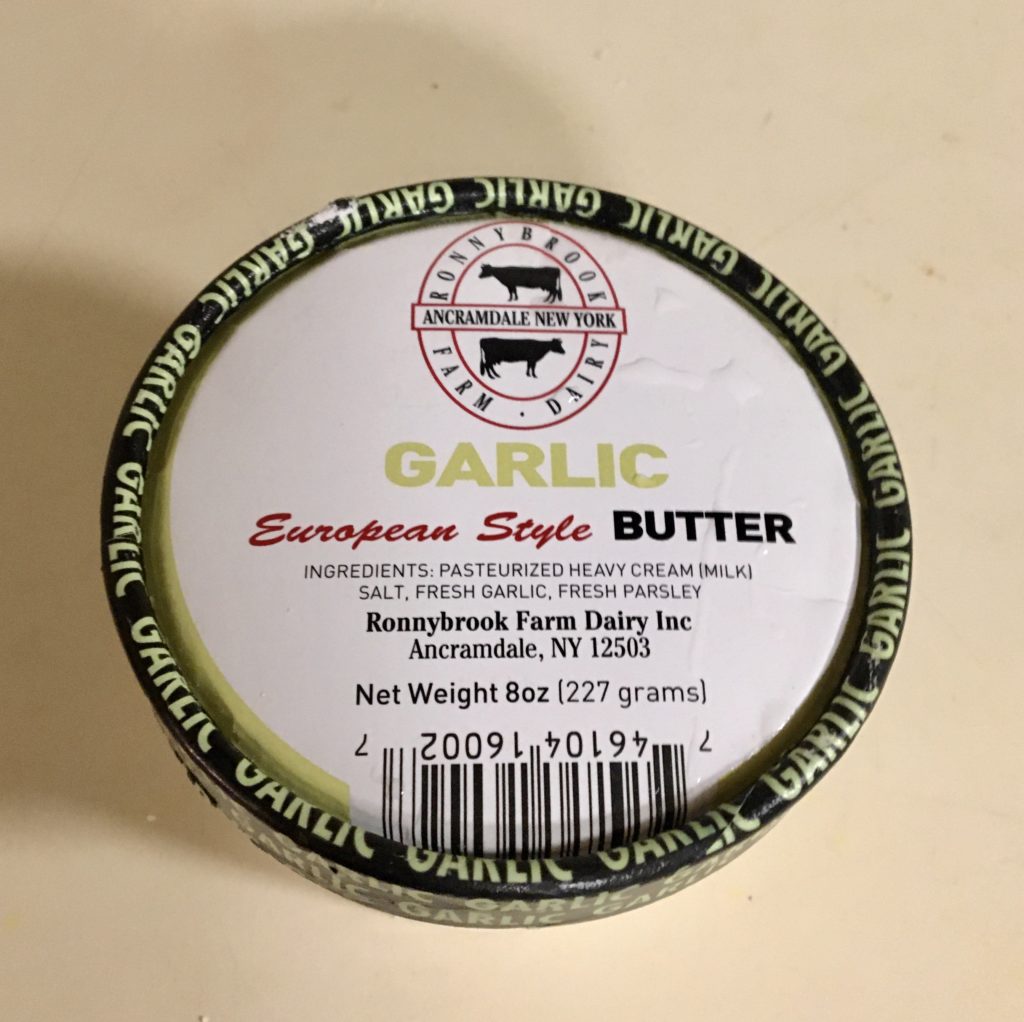
I used the butter to sauté the shiitake mushrooms we got in our local produce haul and edamame (which is a key superfood for weight management for me), and seasoned it with Himalayan rock salt and shiso-wakame furikake seasoning.
- Rock salt is a better alternative to refined table salt because natural forms of salt contains dozens of minerals and electrolytes like calcium, magnesium, and potassium, while refined salt is usually stripped of these important minerals and sometimes including harmful additives like anti-caking agents.
- Furikake is also a great way to add some extra minerals and vitamins to meals because not only does it taste great, but wakame is among one of the most nutrient-dense foods available to us, particularly rich in vitamin A, iodine, calcium, potassium, and iron.
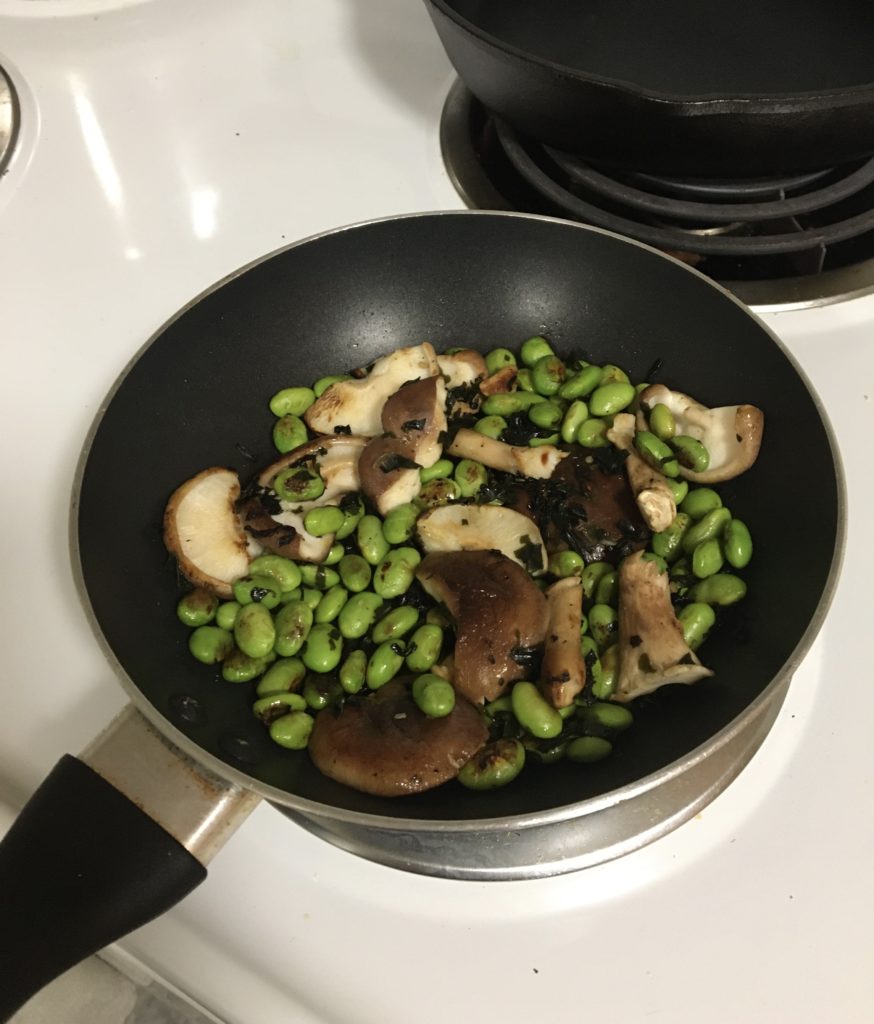
For protein, I added two pan-fried eggs (although in retrospect, I think I could’ve added a third). Adding a good amount of protein to every meal is incredibly important, because it provides for us amino acids, which is crucial for not just muscle synthesis, but also the production of key hormones and neurotransmitters, both of which also play important roles in our mental health. While we all have our own unique bio-individual nutrient needs, most people need their calories to come from 19-35% protein as a baseline.
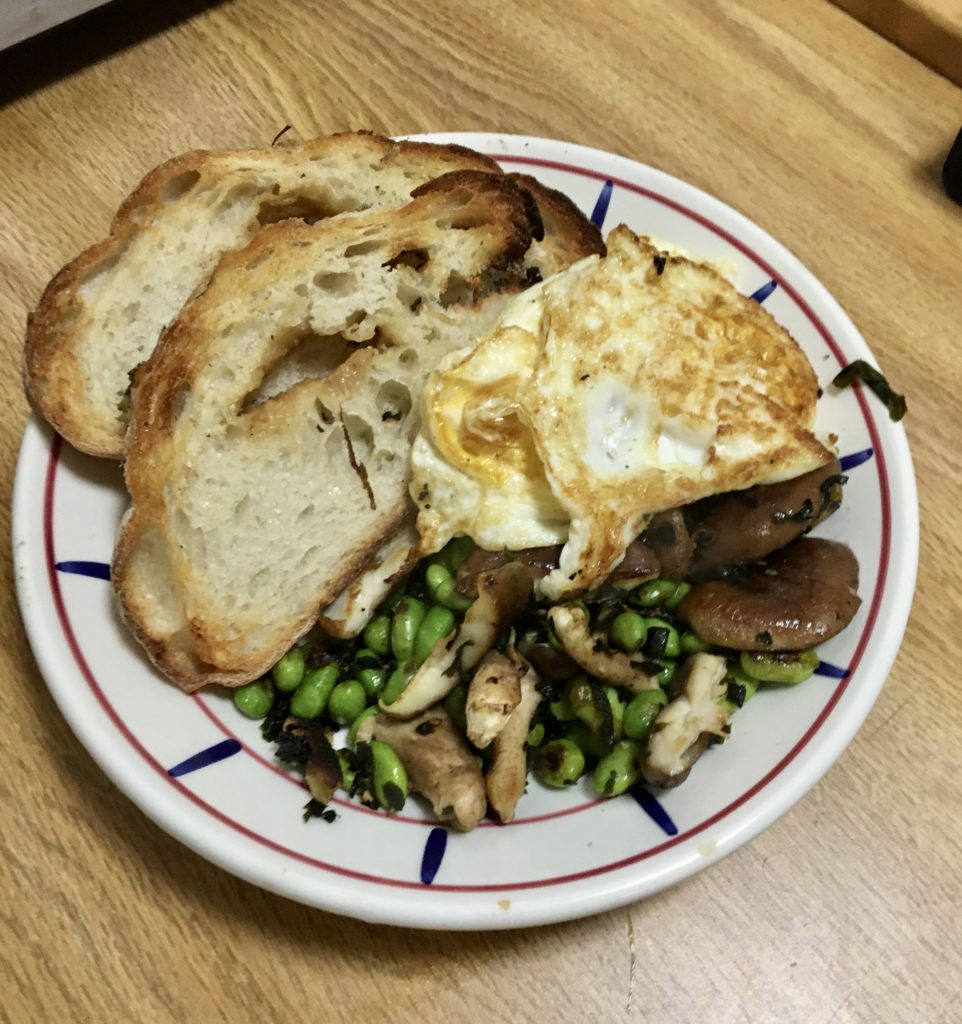
And there you go! In under 10 minutes, I have a healthy, well-rounded, delicious meal full of local ingredients– great for rent week and still environmentally-friendly, this is just one example of how I eat local. Eating healthily should and can be easy, with the right tools in place to help us— I encourage you to find your own local co op program, and discover ways you can balance high-quality carbs, fats, and proteins into your own diet to create balanced meals.

If this article was of any use to you, or if you would like some advice on how to develop a balanced eating style catered to your own bio individual needs, send me a message at kokumura@kakikata.space! I read and respond to every email I receive, and would love nothing more than to help someone who may find themselves struggling with their own health.